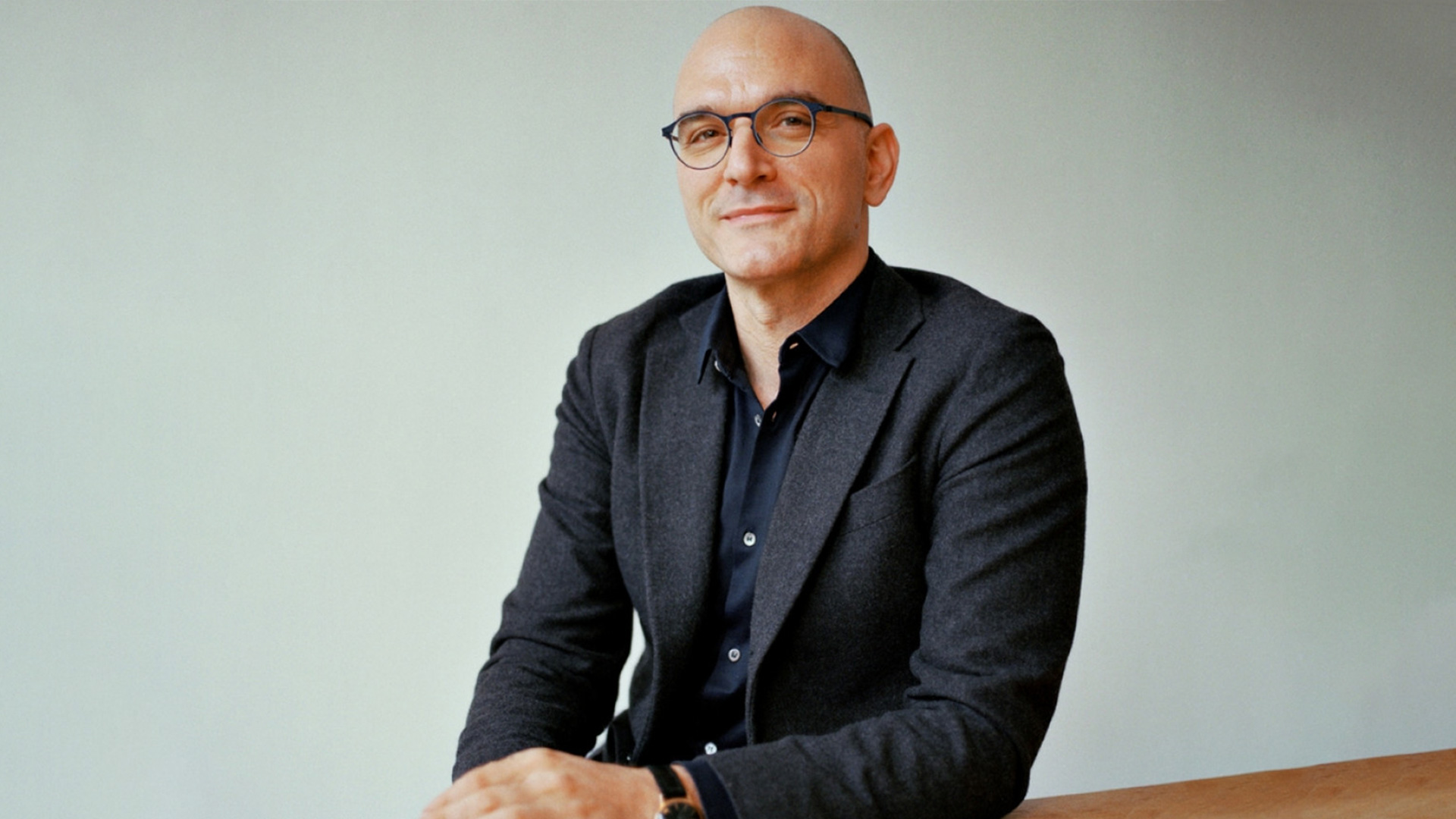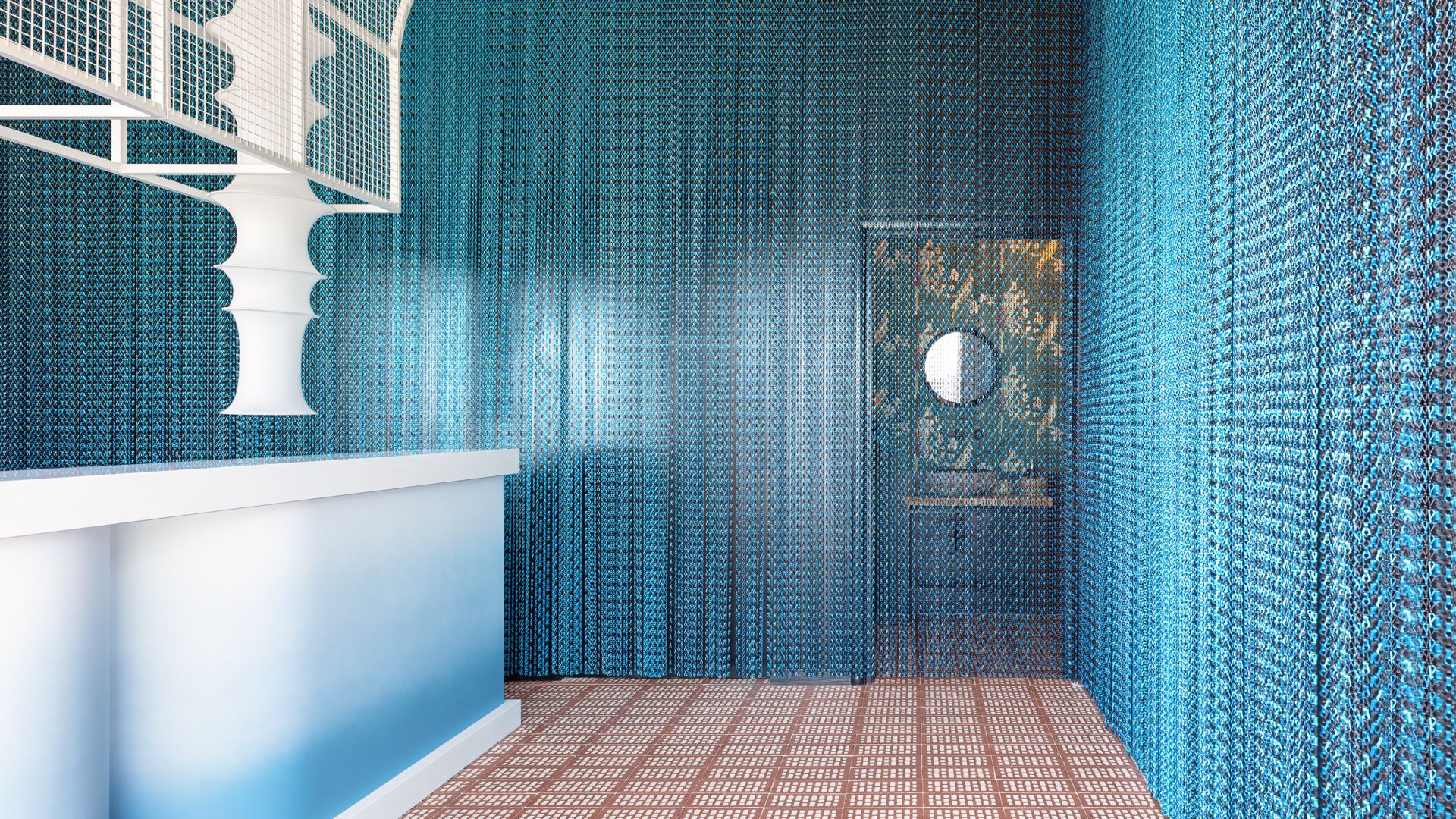Workspace History – The Johnson Wax Headquarters by Frank Lloyd Wright
It took America’s greatest architect to give to the Johnson Wax Headquarters the right interpretation, conceiving a social architecture consecrated, in an almost religious way, to modern labor.

For his social impact and for his unmatched body of work, realized along seven decades of practice, Frank Lloyd Wright represents a momentous formative chapter of 20th century’s architecture.
His interpretation of the prairie houses and the community dimension of his works, oriented towards the middle class, absolutely make him the main character in the creation of an archetype for American living and working spaces, far from the European standards of that time.
Johnson Wax Headquarters, the archetype of modern workplaces
In 1932 the MoMA was preparing a huge exposition on modern architecture, and Frank Lloyd Wright was nowhere to be found. Four years later, the architect responded to the critics, who considered him gone and forgotten, with the Fallingwater: a masterpiece.
An incredible, astonishing house that Frank Lloyd Wright, a philosopher of organic architecture, built on an insignificant waterfall, a natural element that acquired meaning and fascination thanks to this brilliant cantilevered design.
In the same year, when he was 70 years old, the American architect was also working on another masterpiece that also has got a lot to do with nature, the Johnson Wax Headquarters, located in the city of Racine, Wisconsin, USA.

An experiment in design and construction
According to him, the Johnson Wax Headquarters represent an experimental work: in a break with his earlier structures, this introverted building features an external continuous curvilinear form lightened by the use of Pyrex glass tubing, that radiates the natural light across the inside.

Cherokee Red
Red, specifically a shade called ‘Cherokee Red’, was Frank Lloyd Wright’s favourite colour, and the uncompromising architect used it, despite his client’s wishes, in many projects: the New York Guggenheim Museum itself was originally designed in red marble and red bricks.
The Johnson Wax Headquarters are no exception, but if the red curvaceous exteriors speak the aerodynamic language of the streamline modern style, the interiors reveal a forest of pillars where nature is the inspiration.
Organic shapes inspired by nature and experimenting with different materials are also traits of the works by Rod Arad.

Columns or not?
It is no mystery that Frank Lloyd Wright did not like columns. The Johnson Wax’s great workroom represents the only exception in his prolific career, but those dendriform columns have nothing to do with Le Corbusier’s pilotis.
Tall, slender mushrooms that support the big open-space without windows: not only to foster concentration but also because nature is already there, all around, in this big forest open to the sky.

The design of workstations
Frank Lloyd Wright introduces some formal considerations on the comfort of the workers, and, in the spirit of organic architecture, he also proposed to design the furniture of the office.
Made of rectilinear and rounded lines, the chairs and the desks reflect the shape of the building itself.

Way ahead of his time
When the Johnson Wax Headquarters were completed, no one had ever seen something like that. It was a completely new concept, ahead of its time, as the man who had designed it – proving that the egocentric and unbearable Frank Lloyd Wright really has been America’s greatest architect.
Frank Lloyd Wright was one of the most influential icons of Modern Architecture alongside Le Corbusier.







